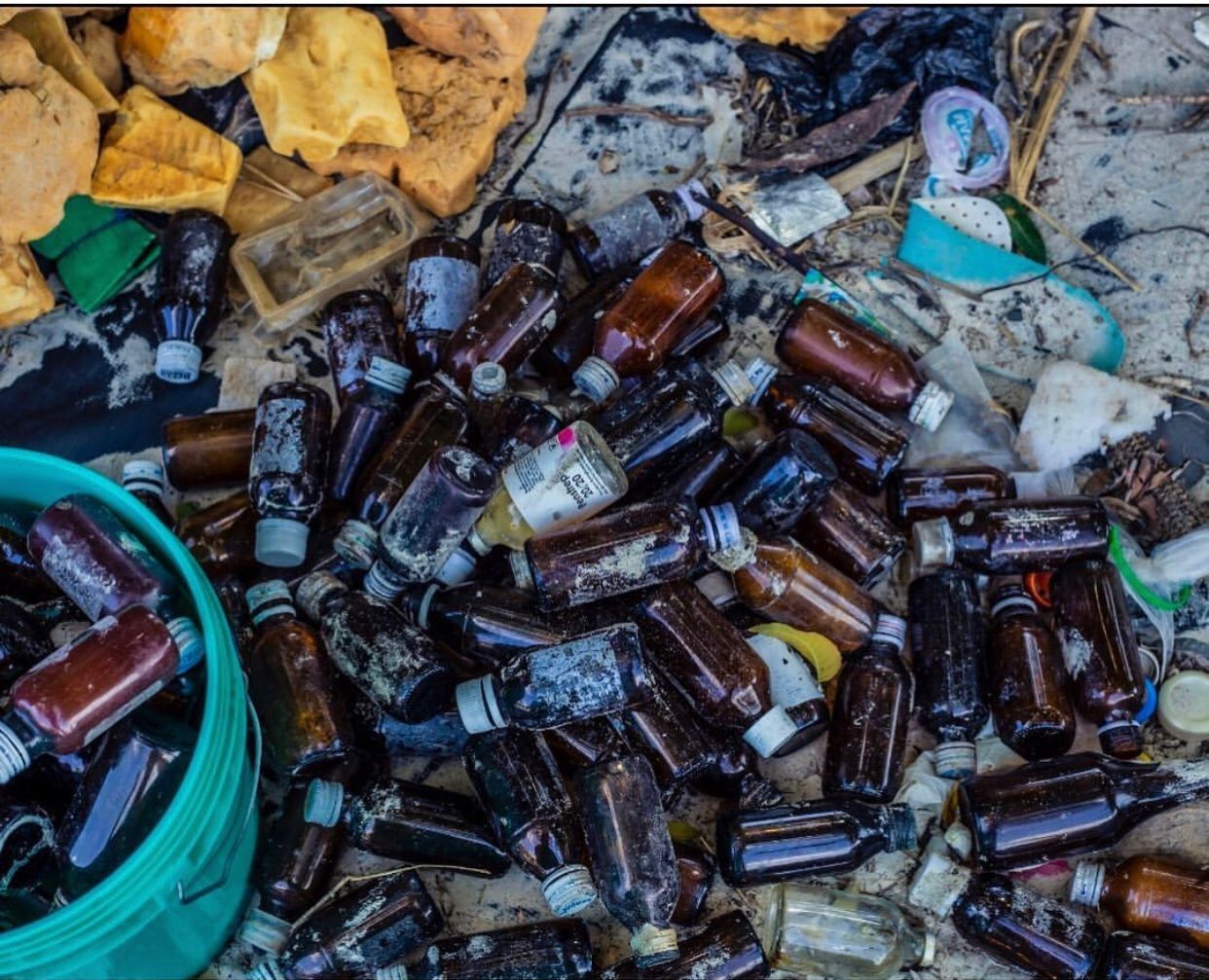The EAC Secretariat, with the support of the EAC-GIZ programme, commissioned a scoping study on pharmaceutical waste management as part of the implementation of the EAC Medicines and Health Technologies Policy 2018 and the EAC Regional Pharmaceutical Manufacturing Plan of Action 2017-2027. The study undertaken in six EAC Partner States (Burundi, Kenya, Rwanda, South Sudan, Tanzania Mainland, and Uganda) aimed to establish the status of pharmaceutical waste management in the EAC and make practical recommendations for the effective, safe, and sustainable disposal of pharmaceutical waste.
Residues from pharmaceutical products have been detected in drinking water, natural water bodies, and wastewater. They can pose serious environmental and health hazards to humans, animals, and plants on land and in water bodies. The mass production of antibiotics, their excessive and haphazard use, and the many pathways of their release into the environment have all been linked to a significant increase in the number of pathogens with anti-microbial resistance, posing a severe threat to public health. Contamination of wastewater systems by pharmaceutical residues causes the greatest environmental hazard because conventional treatment systems are not designed to remove them.
The study addressed 312 stakeholders, including national medicines regulatory agencies, national medical stores, national environment agencies, pharmaceutical product manufacturers, dispensing pharmacies, hospitals and clinics, pharmaceutical stores, garbage collectors’ companies, and Ministries of Health, to collect data on the amount of pharmaceutical waste produced and its disposal.
The findings show that pharmaceutical waste accumulates annually due to consumption, overproduction, rejected consignments, unused donations, patient leftovers, and over-prescription. The study considered the variation of methodologies, records, and definitions in the Partner States to determine the rough estimates for pharmaceutical waste disposals.
The disposal is estimated at an annual cumulative of 33.4 thousand metric tonnes, an average of 0.3kg per person. Private households contribute 5 to 15% of total generated waste. Manufacturers, regulators, health facilities, and stores dispose of solid waste through incineration, while some hospitals, retail chemists, and warehouses use burning, landfill, or garbage collection as the almost exclusive disposal method. Further, liquid waste is diluted and poured into sinks, sewers, or the environment. So far, consumers are least involved in pharmaceutical waste disposal, and there is minimal engagement and guidance by the authorities for households on the appropriate disposal of pharmaceutical waste. For instance, a very small percentage (less than 1%), almost negligible percentage of households return unused or expired medicines to the chemists, hospitals, stores, or the relevant authorities for safe disposal.
The only method for pharmaceutical waste disposal approved by the regulatory authorities is incineration under clearly specified conditions. Landfilling or simple burning of pharma waste is hazardous, and dilution and disposal through wastewater are the most unsafe methods. All EAC Partner States have policies and guidelines for the management of pharmaceutical waste in place. However, the policies are seldom enforced due to lack of resources, among other factors, including:
- There are few incinerators, and they are often not in line with recommended standards.
- Cumbersome disposal processes, e.g., too many administrative steps
- Logistical problems such as lack of transport, proper collection, and temporary storage space for pharmaceutical waste.
- Lack of harmonised guidelines at the regional level for the Partner States.
- There is little public awareness about the hazards of handling pharmaceutical waste.
In this regard, this scoping study proposes several practical measures as best practices for the management of unavoidable pharmaceutical waste in East Africa:
- Enforcing the implementation of existing laws, regulations, and guidelines on pharmaceutical waste management.
- Introduce waste segregation as part of the general waste management system to separate hazardous waste.
- Train employees in factories, health facilities, etc. on the proper disposal of pharmaceutical waste.
- Conduct awareness-creation campaigns and educate citizens on proper pharmaceutical waste disposal processes, including household waste collectors, in all efforts of proper waste handling.
- Develop a strategy and a clear roadmap to address the challenges of pharmaceutical waste management in the region.
- Governments should enforce the rational prescription of drugs.
As a follow-on to the validation of the study, the Partner States, with support from the EAC Secretariat, will develop a regionally harmonised guideline for a common approach in the EAC Region. Communication and information material to make the public and private sector aware of appropriate pharmaceutical waste management approaches. This will include industry, key public institutions, private medical stores, health facilities, pharmacies, and household garbage collectors. Additionally, a regional survey on the suitability of the existing incinerators across Partner States will be conducted.
Find more on the EAC-GIZ support to pharmaceuticals here.
Photo: © Muvunyi Ernest
